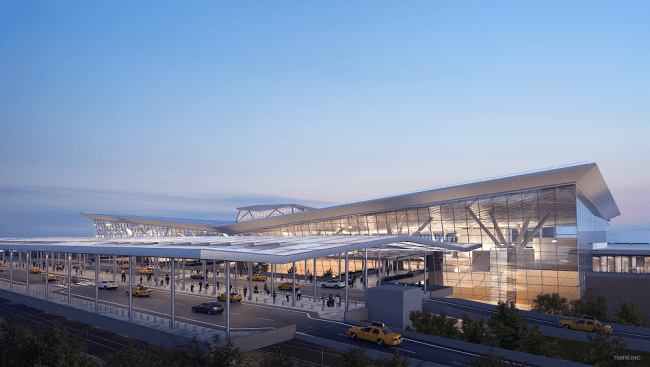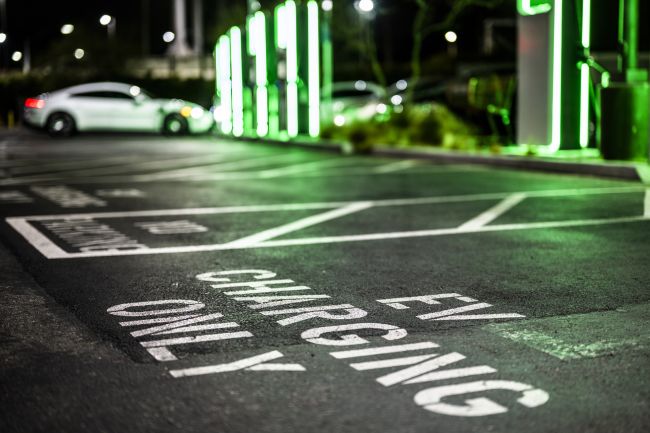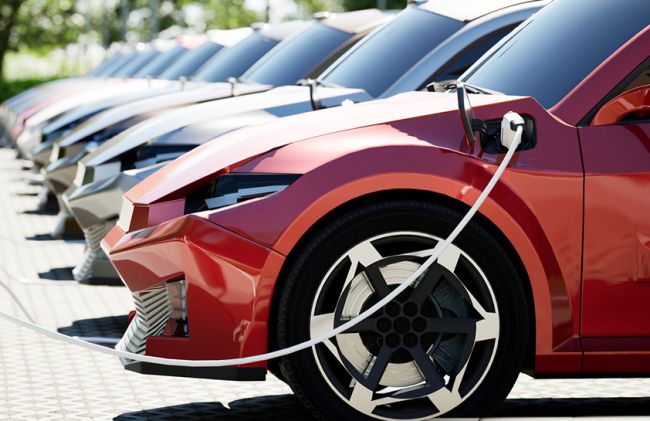Getting ready for take-off, Part 4: What are the certification and regulatory issues for AAM?
Discover how eVTOL aircraft are set to transform city travel — and what it means for passengers, infrastructure and policy.
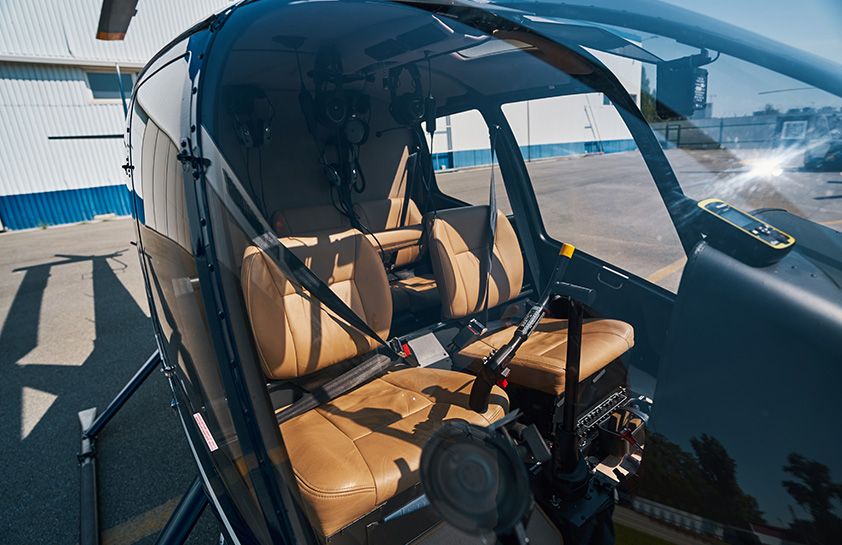
This article is part of Steer's “Getting Ready for Take-Off” series on Advanced Air Mobility.
Welcome to ‘Getting ready for take-off’, Steer’s series on Advanced Air Mobility (AAM). Since 2021, Steer’s infrastructure and aviation teams have been working on ridership and revenue forecasting for electric vertical take-off and landing (eVTOL) aircraft, a groundbreaking form of transit that until recently was a thing of science fiction.
Today, we know that eVTOL will soon be taking to the skies of cities across the US and the world, making journeys simpler for passengers and easing congestion on the gridlocked streets below. How many people will be riding in these aircraft? What will the price point be? And what legislation and regulatory policies will govern their introduction? These questions and more will be answered in our series. Read below to find out more.
As noted in Steer’s Advanced Air Mobility (AAM) Ridership Study, the new generation of eVTOL aircraft represents a new mode of transportation, with new power systems, airframes, unique and specialized areas for takeoffs and landings (or “vertiports”), and control systems. Early entrants include EHang’s AAV, an unmanned aircraft, and others, including Joby’s Air Taxi, designed to carry a pilot and up to four passengers.
Given the innovations and diversity of business plans with AAM aircraft and infrastructure, and the money invested in development, the challenges for regulators including the Federal Aviation Administration (FAA) are significant. Often, the FAA is charged with certifying a new variant of an existing aircraft such as the Boeing 777-9, designed to carry up to 425 passengers. Initial flight testing began in 2020, with certification flight testing beginning in July 2024 and projected certification occurring late 2025 or early 2026.
Well over 1500 777 variants have been built and delivered and are in commercial service today. While the new 777-9 has new composite wings with folding wingtips, new General Electric engines and technologies as well as flight control systems adapted from the Boeing 787, certifying the new aircraft, ensuring it can operate at existing airports, and preparing pilots for the new aircraft are considerably less complex than certifying the aircraft and infrastructure for an entirely new mode of transport.
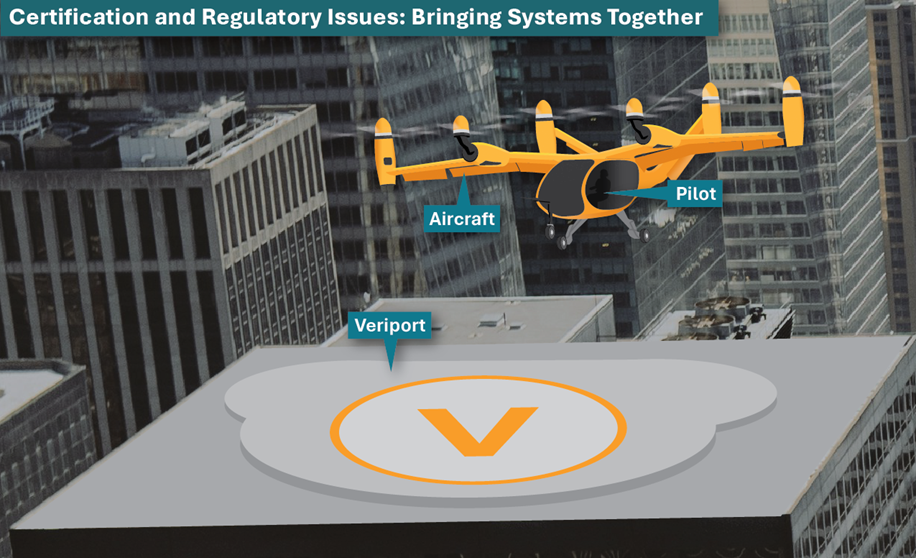
No company has yet received FAA’s certification to operate AAM for commercial operations. To prod the FAA to expedite the approvals process for AAM, in 2024 President Biden signed into law H.R. 3935, the FAA Reauthorization Act, which declared that “the United States position itself as a global leader in advanced air mobility and states that the FAA shall work with manufacturers, prospective operators, and other relevant stakeholders to enable the safe entry of these aircraft into the national airspace system”.
To expedite AAM, included in the bill were several provisions encouraging the FAA to prioritize certifications and other enabling regulatory processes:
- Section 955 requires the FAA to publish a “final rule for the operations of, and pilot requirements for, powered lift aircraft within 7 months.”
- Section 956 requires the Aviation Rulemaking Advisory Committee (with representatives from government, industry and public interest groups) to “provide recommendations to the FAA on updating regulations related to new forms of propulsion mechanisms and methods.”
- Section 957 requires the FAA to provide “solutions for the safe integration of powered-lift aircraft into the national airspace” and “evaluate the impact of such operations on air traffic controllers.”
- Section 958 requires the FAA to update the “Vertiport Design Engineering Brief,” and “publish a performance-based vertiport design advisory circular,” among other requirements.
Since that time, the FAA has moved expeditiously to implement two of the principal enablers, including a final rule on pilot certification and operations. This rule adopted a framework permitting pilot qualifications in an aircraft with a single set of functioning controls (as opposed to the dual control requirement of past pilot qualifications) and adopted a performance-based approach, enabling a certification process that is responsive to the many different variants of AAM aircraft.
In December 2024, the FAA issued the Engineering Brief called for in Section 958, providing “standards and guidance for the planning, design, and construction of heliports serving vertical takeoff and landing aircraft.” The facilities may also be called vertiports or vertiport heliports. Although aligning with other classes of heliport infrastructure, vertiports may be distinguished by the addition of a “VTL” on the touchdown and liftoff area. Guidance for helicopters was updated to include single, tandem (front and rear) or dual (side by side rotors). Vertiports are distinguished by serving aircraft with three or more propulsors.
As the 777 experience shows, certification can be at times a long and laborious process. That may continue for aircraft going through design approvals, flight tests, and ultimate certification for commercial service. Given the wide range of designs and the challenges of flight testing and commercial service certification, close collaboration between manufacturers and operators will be critical to obtaining approvals, satisfying both investors and the FAA, and signalling to future passengers and users that these are safe aircraft.




